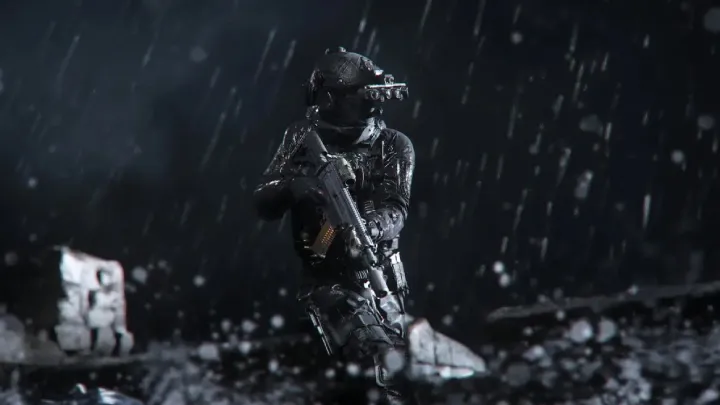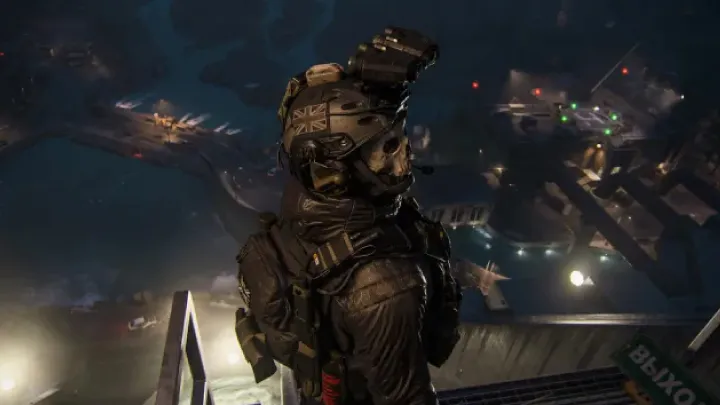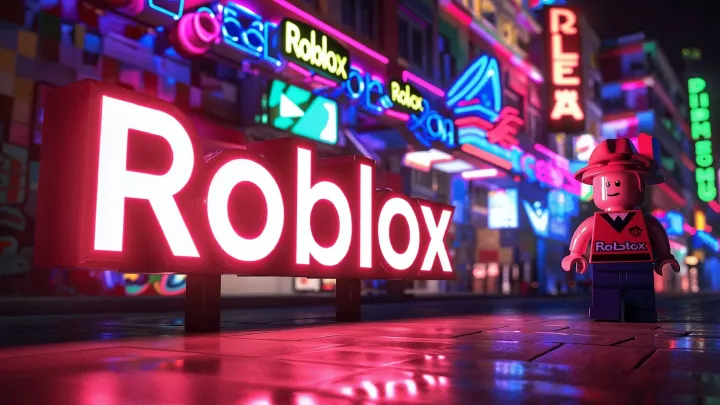Introduction
Facing the post‑apocalyptic world of The Last of Us™ Part I on higher difficulty settings demands more than reflexes—it demands strategy. Ammo is scarce, enemies are lethal, and even safe areas can be traps. This guide zeroes in on how to manage resources, craft smart, and fight sharper. We’ll walk through the game’s progression—from early scavenging to the final harrowing encounters—arming you with precise tips to survive, thrive, and experience the story without hesitation.
Getting Started: Prioritize Exploration and Scavenging
Right from the opening segments, you must develop a habit of exploring every nook. Every drawer, cabinet, dead body, and corner may hide rags, alcohol, blades, pills, ammo, or even supplementary materials. On higher difficulties, you rarely revisit these areas—this is one shot. Neglecting even one pile of debris can leave you unprepared later. Digital Trends highlights: “spend as much time as possible examining every nook and cranny… you’ll usually have one opportunity to grab something”. Beyond items, also note environmental features: broken crates, barrels, window routes, and vantage points. Mapping them early prevents chaos when combat erupts—escape routes you noticed when relaxing often save your life under pressure.
Planning Crafting Smartly: Don’t Let Materials Go to Waste
Materials such as rags and alcohol stack up fast—but so do limits. Digital Trends advises, “never leave anything behind unnecessarily” and to “keep those types of items maxed out when possible”. In concrete terms: if you’ve got extra cloth or alcohol, craft medkits or Molotovs even if you don’t need them right away. This clears your inventory and ensures you max out high-utility items.
On the other hand, don’t craft impulsively. Crafting pauses time—non-negotiable in combat. Only craft when hidden or absolutely safe. Balance urgency with availability. Forging medkits ahead may save you later—but crafting mid-engagement may cost you everything.
Combat Approach: The Art of Stealth Before the Gun

This game rewards patience and offense from the shadows. PLITCH urges you to “use the environment to your advantage” via bricks and bottles for distractions, lure enemies, or create flank. Similarly, stealth is emphasized again: "Sneak up on individual enemies, take them out one by one".Combine these with listening mode and crouch movement to control fights. On higher difficulty, alerting groups is suicidal. Stealth kills conserve ammo and health. Even during forced fights, draw one or two enemies into confined spaces, then take them down quietly. Avoid run‑and‑gun tactics unless you’re loaded with resources.
Shiv Management: Always Keep One Ready
Shivs are among the most critical tools. They enable stealth kills on Clickers and open locked resource-filled areas. Digital Trends notes, “Shivs are one of your most precious resources… don’t bother wasting those same materials to upgrade melee weapons… crafting more shivs will almost always be more beneficial”. Gamerant echoes: “Keep a shiv handy at all times.”. Strategy: Always hold at least one shiv. Use only when you can open valuable doors or face Clickers. Don’t upgrade melee weapons using shiv materials—save them for shivs themselves. It’s smarter economy, especially against fungal infected where one shiv may save your life.
Upgrades: Holsters First, Then Supplements
Once you find your first workbench, invest in holster upgrades immediately. These allow instant weapon swaps between pistols and rifles—vital when ambushed. Digital Trends states: “upgrade both of your holsters … you can switch among up to four guns on the fly”.Pills and supplements are precious—use them wisely. The best investments are Maximum Health and Weapon Sway reduction. Once you have surplus, consider Healing Speed or Listening Mode extensions. These maximize survival and control in combat.
Weapon Choice and Upgrades: Know Your Tools
Every weapon has strengths and weaknesses. PLITCH breaks down core weapons:
• Pistol – fast rate of fire
• Revolver – deep penetration
• Shorty – range and penetration
• El Diablo – accuracy
• Hunting Rifle – penetration
• Shotgun – spread and penetration
• Bow – stealth and low sound
• Flamethrower – area denial
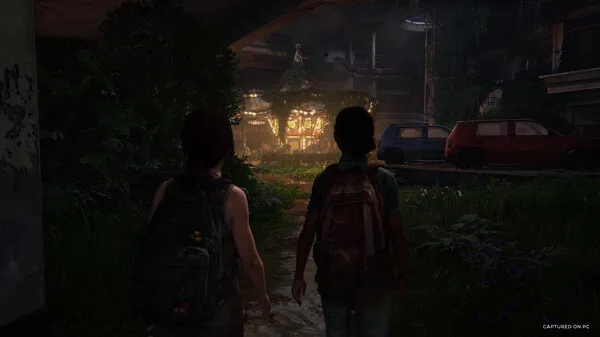
Match your weapon to the engagement: use shotguns in cramped areas, rifles for long shots, bow for silent options. After that, upgrade stability and capacity first. A revolver with higher magazine beats raw damage—saves reload time and ammo. Prioritize upgrades only when you scavenge enough parts.
Listening Mode and Movement: Silence is Power
Movement noise draws attention. Gamer Guides quantifies it: sneaking is ~0.4× slower and very quiet, while running is fast—and noisy. The sound of empty gun clicks or reloads can trigger enemie. Always sneak when enemies are close.
Use listening mode (hold R1): it’s your radar. It slows movement but lets you see ears and footsteps behind walls. Valuable for planning ambushes or avoiding rooms completely. Stealth plus planning beats brute force every time.
Ammo Efficiency: Recover, Reuse, Recycle
Ammo is limited—make every bullet count. Digital Trends advises picking up fired arrows: “each arrow has a chance of not breaking… retrieve them from dead bodies” Digital Trends
. Bow becomes a go‑to silent killer.
After combat, loot thoroughly. Check bodies, shelves, cabinets, boxes. In permadeath or survivor difficulty, this becomes critical—running out of arrows or bullets spells doom.
Difficulty and Save Strategy: Control the Terms
Tailor difficulty to your desired experience. You can select from Very Light to Survivor or customize resource abundance, enemy strength, and ally effectiveness consumersadvisory.com
. There’s no shame in easing difficulty to enjoy story—survival should be manageable.
Also, manually save whenever safe—especially before risky areas or after key loot. Games autosave, but manual saves let you roll back without losing too much. Always have a fallback. Resources lost due to sudden death can be recovered—but not if you’re stuck at a far checkpoint.
Endgame Planning: Conserve for the Climax
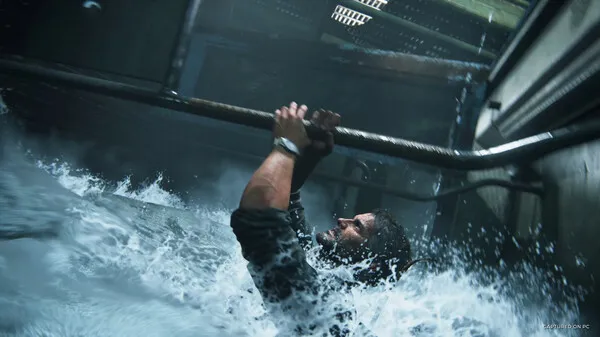
As you near the final chapters, resources dwindle and enemies intensify. Keep minimal, well‑selected inventory: a few medkits, some Molotovs/explosives, usable ammo, and at least one shiv. Don’t expend large supplies early, thinking you can farm more.
Final fights often feature clickers, human ambushes, or high enemy density. Conserve bombs and shivs—and keep brows grow quiet, taken‑one‑by‑one tactics. Planning early, crafting smart, and conserving intentionally amplifies your survival odds when the stakes are highest.
Conclusion
Surviving The Last of Us™ Part I on tougher difficulties means thinking like a survivor: scavenger, planner, and tactician. Explore thoroughly, craft wisely, leverage stealth, save shivs, upgrade smart, manage noise, recover ammo, tailor difficulty, and save smart. Each decision compounds, defining whether you manage to endure or fall short. Use this guide as your roadmap to strategic survival—and enjoy a stealthy, satisfying journey with Joel and Ellie.











